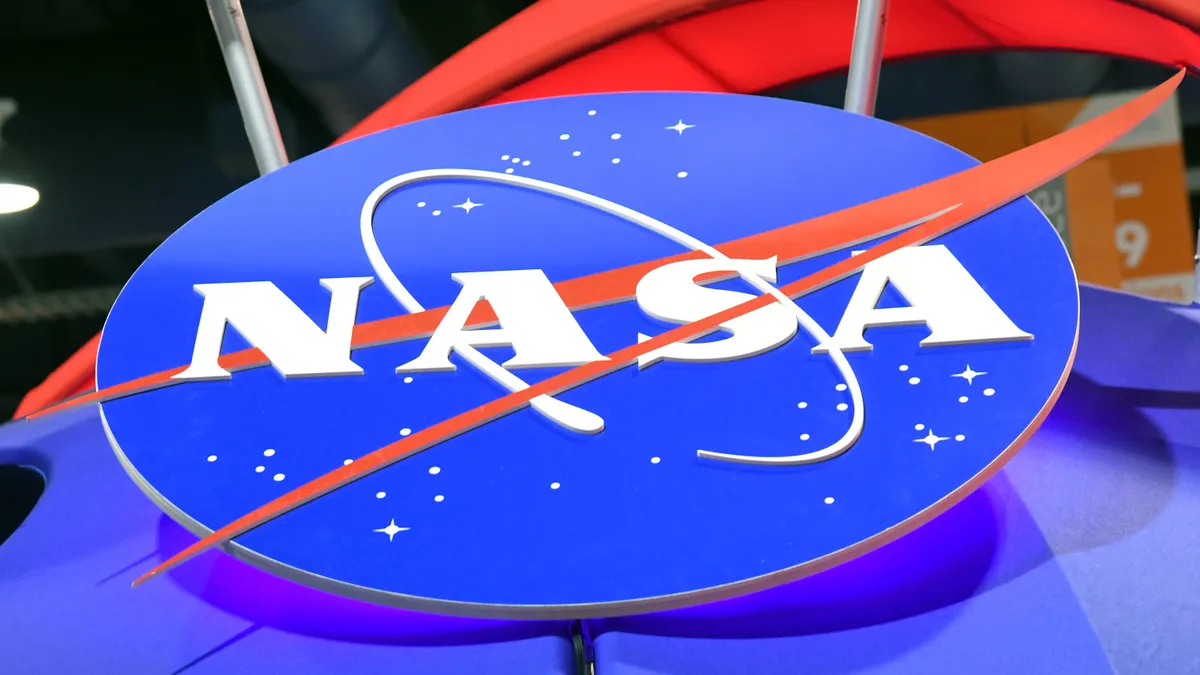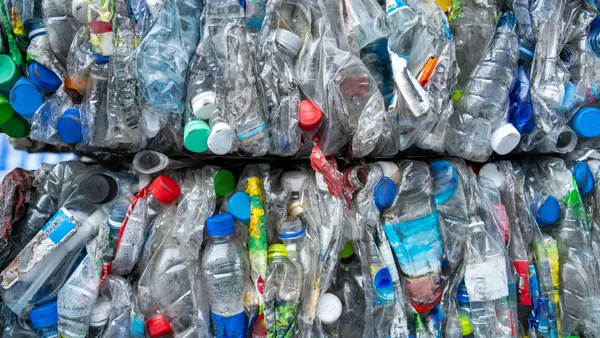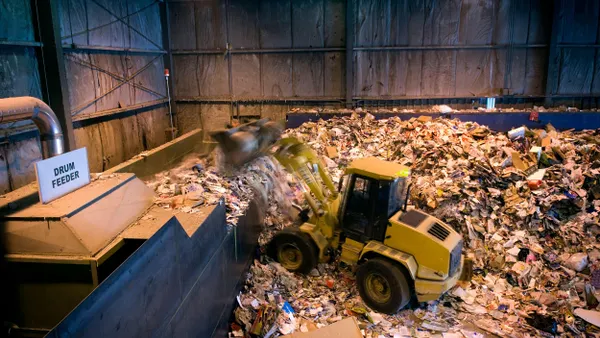Dive Brief:
- NASA’s newly launched LunaRecycle Challenge competition will offer $3 million to develop recycling and waste diversion systems in space.
- The competition aims to reduce solid waste generated during space missions while finding creative ways to reuse or repurpose materials. NASA also expects the winning innovations could help address notable recycling challenges on Earth, such as managing hard-to-recycle items like food packaging.
- Eligible teams, including individuals from companies, learning institutions and government employees, can enter ideas in one of two project tracks: a digital twin track or a prototype building track. An informational webinar will take place Wednesday, and project submissions are due March 31.
Dive Insight:
NASA is in the process of planning more kinds of human space missions, and those missions will come with more types of waste. NASA’s LunaRecycle challenge aims to figure out better ways to store, process and recycle existing materials on the surface of the moon “so that little or no waste will need to be returned to Earth,” NASA officials said in a rulebook announcing the project.
Entrants will be asked to focus their innovations on recycling specific kinds of materials found on space missions. Those include numerous types of packaging such as those made from foam or flexible plastic, structural elements made out of aluminum and carbon fiber or textile items like clothing.
Teams aren’t required to devise systems to recycle all the listed items, but they will be judged on the net waste their project can recycle, according to NASA rules. Waste cannot be burned or incinerated, and NASA encourages teams to avoid projects that would release per- and polyfluoroalkyl substances or create microplastics.
“With this challenge, we are seeking the public’s innovative approaches to waste management on the Moon and aim to take lessons learned back to Earth for the benefit of all,” said Amy Kaminski, program executive for NASA’s Prizes, Challenges, and Crowdsourcing program, in a statement.
Entrants can design a “digital twin” of their solution — a virtual model of a physical object — which NASA says is an important method for designing physical systems meant to operate in “extreme environments like those found on the Moon.” Designing digital prototypes can save on mission costs, NASA said.
The competition also offers a prototype building track, where participants design and develop hardware components and systems for recycling. Participants in this track can also choose to include a manufacturing aspect in their design, which would offer ideas for turning waste into “one or more commodities, fuels, or feedstocks” as well as finished end products. Some end products NASA considers “desirable” on the Moon could include storage containers, gloves, tools or utensils.
Though winning projects are meant to withstand the moon’s environment and limited resources, NASA’s competition also mirrors some of the challenges recyclers face on Earth.
NASA hopes to see ideas that can work both on the moon and potentially on Earth, and envisions “smaller-scale solutions that could be deployed in communities in a more distributed way than recycling facilities today.” The challenge lists drink pouches, bubble wrap and nitrile gloves among the items it wants help with recycling — all materials that are considered hard to recycle or have limited recycling infrastructure and markets in North America.
Kim Krome-Sieja, challenge manager for the LunaRecycle project, said the competition will bring together people with diverse sets of expertise. “We are very excited to see what solutions our global competitors generate,” she said in a statement. “We are eager for this challenge to serve as a positive catalyst for bringing the agency, and humanity, closer to exploring worlds beyond our own.”











